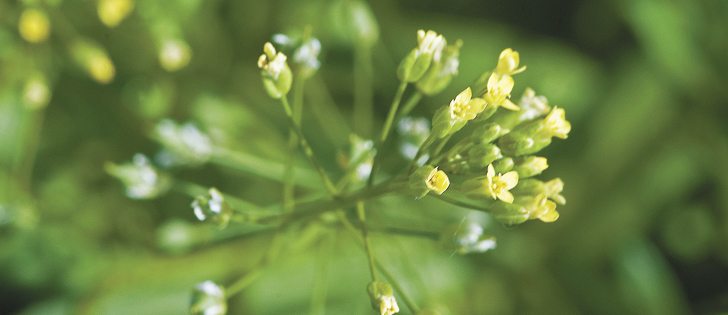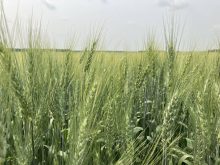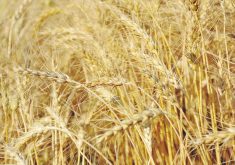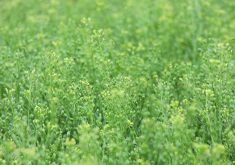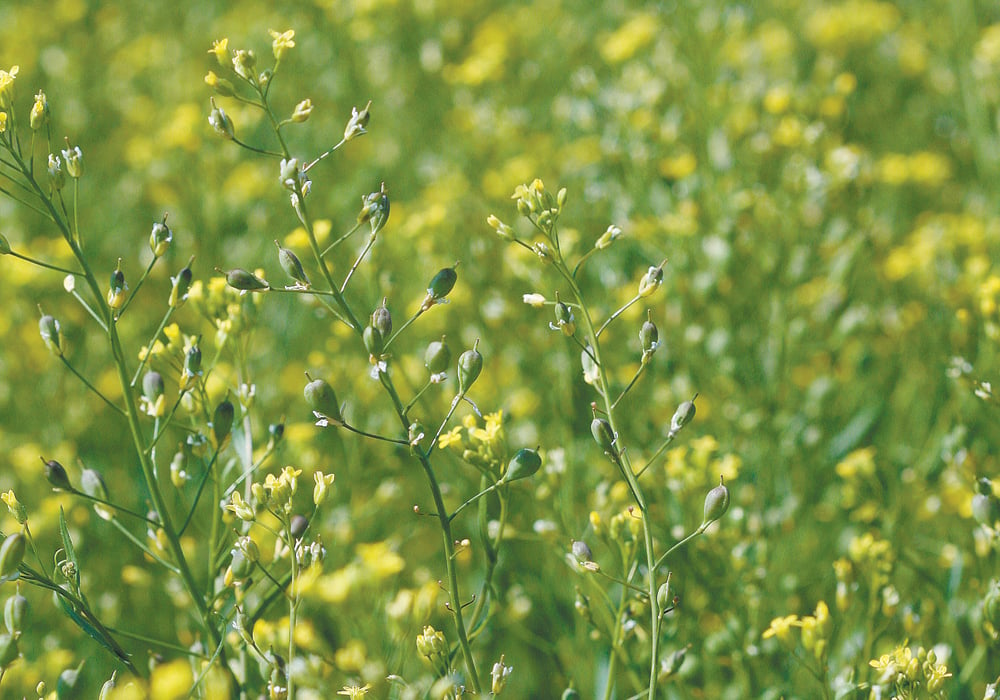Aquaculture industry snapping up stocks of camelina oil for fish food while producers struggle to keep up with demand
This year, Saskatchewan is expected to grow about 5,000 acres of camelina, but growers and the industry will need to boost production soon to satisfy escalating demand.
Smart Earth Seeds, a camelina production and plant breeding firm based in Vancouver, has developed customers in the aquaculture industry who want to buy camelina oil for fish food.
But those customers aren’t going to wait around for a decade while the camelina industry slowly increases production.
“The whole thing in aquaculture these days is sustainability and marine-free diets. It turns out that camelina can substitute for fish oil in the diet (for) trout and salmon,” said Jack Grushcow, chief executive officer of Smart Earth Seeds, an affiliate of Linnaeus Plant Sciences.
Read Also

Critical growing season is ahead for soybeans
What the weather turns out to be in the United States is going to have a significant impact on Canadian producers’ prices
“That’s a big deal because fish oil sells for about US$2,200 a tonne.
Grushcow said sales of camelina oil to salmon and trout farms in the United States, Chile and Canada have grown quickly, but he could sell much, much more.
“I have customers that want 1,000 metric tonnes of oil per month. I have some that want as much as 3,000 to 5,000 tonnes per month,” he said. “We have a lot of work to do to get up to that scale but there’s no reason why we can’t…. We’re pushing to double our acres to 10,000 next year. Then you will see us really start to ramp up.”
The market may be there but Grushcow and camelina growers will have to jump several hurdles to boost production:
- The logistical problems of getting camelina to market must be solved.
- Crushing plants will have to be built on the Prairies.
- The industry has to find customers for camelina meal.
Denis Keller, who farms near Landis, Sask., has been growing camelina for three years because it performs well on his light, sandy land. Last year, his camelina yielded about 25 bushels per acre.
“It’s a drought-tolerant crop,” Keller said. “It yielded 10 bushels an acre (more) than what canola would.”
Camelina fetches a price of $10 to $12 per bushel, but input costs are significantly lower than canola. Camelina seed costs about $20 per acre and nitrogen requirements are about half of canola.
The agronomics and economics may be a good fit for the soils of west-central Saskatchewan, where most camelina is grown, but getting the crop to market is a challenge.
Grushcow described the logistics of camelina as “dysfunctional.” Producers in the region, west of Saskatoon, truck the camelina seed to Chaplin Grain Corp. in Chaplin, Sask., on the Trans-Canada Highway.
The seed is then transported by rail to Oregon, where it is crushed, and then moved again to aquaculture customers in Chile, the U.S. and Canada.
Grushcow said it would be easier to process camelina where it’s grown.
That may happen in Landis because Grushcow is collaborating with a group of producers in the area.
The Landis Producer Co-op own and operate a former Saskatchewan Wheat Pool elevator and the co-operative is planning to expand its range of services.
“We, as the Landis Producer Co-op, are looking very seriously at setting up a cleaning plant (for camelina) in conjunction with our elevator,” said Keller, co-op chair.
“This would be a help for our community… and a real promotion to grow camelina in this area…. There would be a lot more interest if we had a facility closer at hand to process it.”
If the co-operative moves forward on a cleaning plant the next logical step is a crushing facility in Landis, Grushcow said.
“If we’re going to develop this crop in Western Canada we’ve got to start crushing it here.”
Processing and crushing facilities will create local buyers for camelina but the industry will need to find customers for camelina meal, which has high levels of Omega 3 oils.
Last year, the CFIA approved feeding camelina meal to broiler hens in Canada and Smart Earth Seeds is waiting on approval for layer hen diets.
However, there is usually a lag between approval and actual customers.
“Just because we have broiler approval… doesn’t mean (producers) are taking 50 tonnes,” Grushcow said.
University of Saskatchewan animal scientists are also studying the potential of camelina in dairy cow rations.
There may be multiple challenges, but Gruschcow remains optimistic about camelina’s long-term potential.
“A new big crop hasn’t been commercialized in Canada for 30 or 40 years, since canola came in…. This is agriculture. It takes a while,” he said.
“I don’t see any reason why we can’t get (camelina) to at least half a million, or a million acres.”




